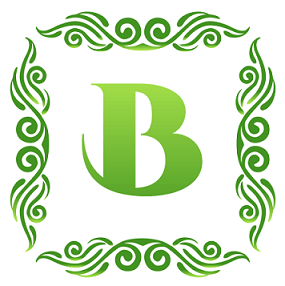Uses for dried herbs and flowers are not only for grandma’s old potpourri bowl! These beauties provide a wealth of possibilities for incorporating nature’s charm into your daily routine. Expect the opportunity to use your dried plants in a variety of ways, from culinary creations to artistic expressions and self-care practices, by being creative and enjoying the process.
Origin of Dried Herbs and Flowers
Dried herbs and flowers come from a wide variety of plants, including:
- Culinary herbs: Rosemary, thyme, basil, oregano, mint, parsley, cilantro, dill, bay leaves, etc.
- Flowering plants: Roses, lavender, chamomile, calendula, hibiscus, pansies, violets, etc.
- Fragrant plants: Lavender, chamomile, lemongrass, mint, rose petals, etc.
Creative Uses for Dried Herbs and Flowers
1. Culinary Delights
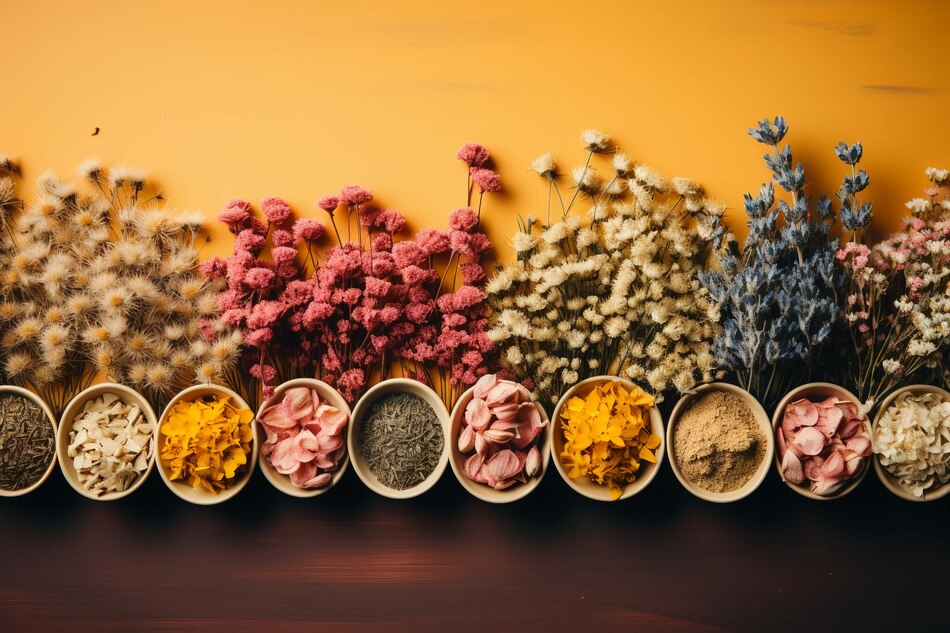
Make your meals delicious this year by trying herbs and flowers that have been dried. Add a touch of rosemary or thyme to roasted veg and meats, lavender smells great and added into honey – drizzle on your cooked oats. Sweet, colourful pansies and violets are a delightful addition to salads and desserts. Dried herbs and flowers are a flavour-loaded canvas, both for their taste as well as the pretty petals that still demand attention.
2. Home Décor
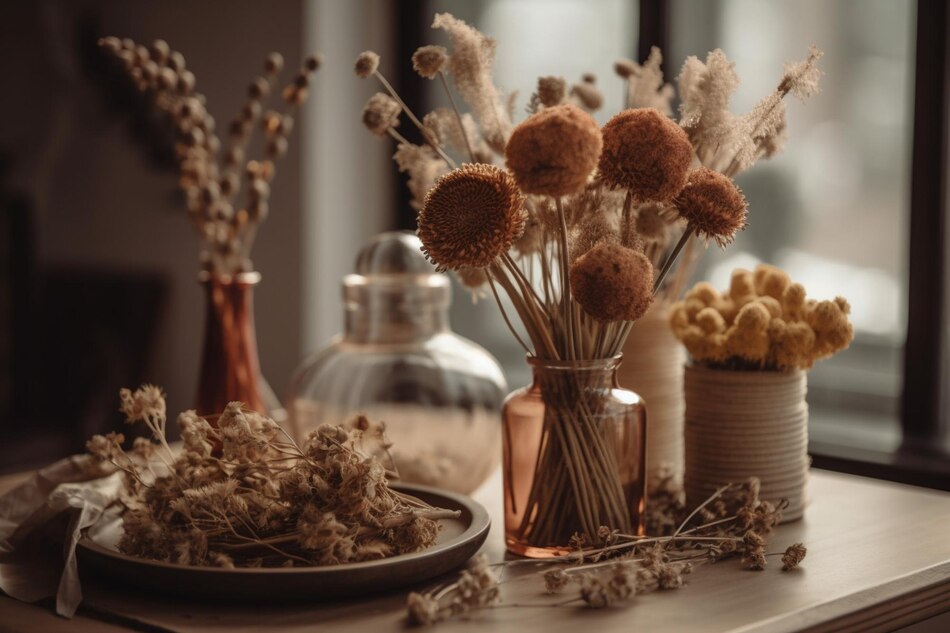
You can use dried flowers and herbs because often life can be a part of the design of the empty corners of your home. Strawfields Provence Rustic Wreath (Lavender And Eucalyptus) the little touches of colour and whimsy like these sweet everlasting bouquets made from roses & baby’s breath. You can also make decorative vinegars in an elegant bottle, with rosemary sprigs for presentation and kitchen smell! Utilize Dried Botanicals — An assortment of ways to incorporate dried botanicals into your home include pressed flower wall art and aroma bowls filled with the natural scent of aromatic herbs.
3. Herbal Remedies

Dried Herbs and Flowers in Herbal Remedies Abundant in calming chamomile flowers, it is easy to brew a cup of tea to help calm your anxiety or promote sweet sleep. Don´t forget to put some lavender in old socks and leave them near your pillows. Calendula flowers —The anti-inflammatory action in the flowers can be strained and watchfully infused into a salve to use topically on light skin problems. Dried herbs and flowers may not be a cure-all for the latest modern medical system, however, they are useful to help you relax or ease common conditions.
4. Potpourri and Sachets
The dried herbs and flowers, generally placed on the windows, are very useful for the preparation of potpourri and sachets. Place beautiful flowers and scented powders like lavender, rose petals, or small sections of orange skin in cute decorative bowls to give the room a lovely best natural air freshener. Stored in small individual bags from fabric pouches can be placed in wardrobes or closets and include dried aromatic materials, including rosemary or chamomile. These DIY options also not only mean bringing some from the countryside rural feel into classy and comfortable homes but also improve relaxation and spread a nice aroma throughout the home.
5. Gift Ideas
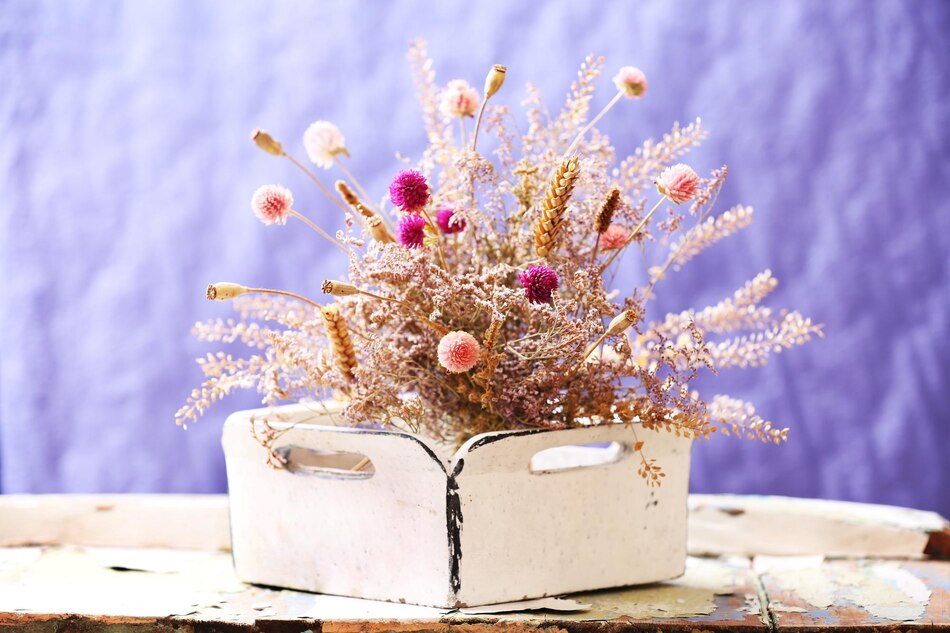
It can be intriguing and practical to present herbs and flowers that have been dried for various tuxe purposes. Treat a lover of food with a blend of tea made from Herbs and beautiful flowers such as hibiscus flowers. Make everlasting or unique gifts like notes or trinkets for the flowers like birthday notes, engagement, etc. For the self-care enthusiast, one can add essential oils like lavender or chamomile to the bath salts with bath salts, or even create a paste of sugar scrubs with rose petals. Whether for coating meat, flavoring oils, or making potpourri, dried herbs, and flowers serve to remind your loved ones of the bond you share.
6. Candle Making

Lay out your dried herbs and flowers apart from the plain and simple candles because it can add beauty to your creative candle making. Slow-cook food by melting wax and add herbs, such as rosemary or lavender, for a scent that will last long into the chilly night. When placing whole flowers or petals in wax, they should be carefully positioned and as the candle melts, visually irresistible, pictures are depicted.
Others include a rose or baby breath to give a floral touch while a string of bright purple lavender symbolizes close to the country. Delicate and dried, botanicals can easily add elements of art to your candles and introduce various pleasant scents at the same time.
7. Cocktails and Mocktails
It was also possible for dried herbs and flowers to give a flowery spin and levels of depth to cocktails and mocktails. The petals of rose and lavender can be crushed and added as a flavorful syrup to the gin and tonic, while edible flowers of rosemary can be added to lemonade and topped with simple syrup. Pulped citrus – skin of oranges, lemons, etc, can be soaked in vodka for a very citrussy vodka infused drink while hibiscus flowers could be steeped in boiling water and this would provide the basis for a good mocktail. These botanical additions open practically endless possibilities to design ideal and delicious drinks that are both for the eye and palate.
8. Natural Cleaning Products
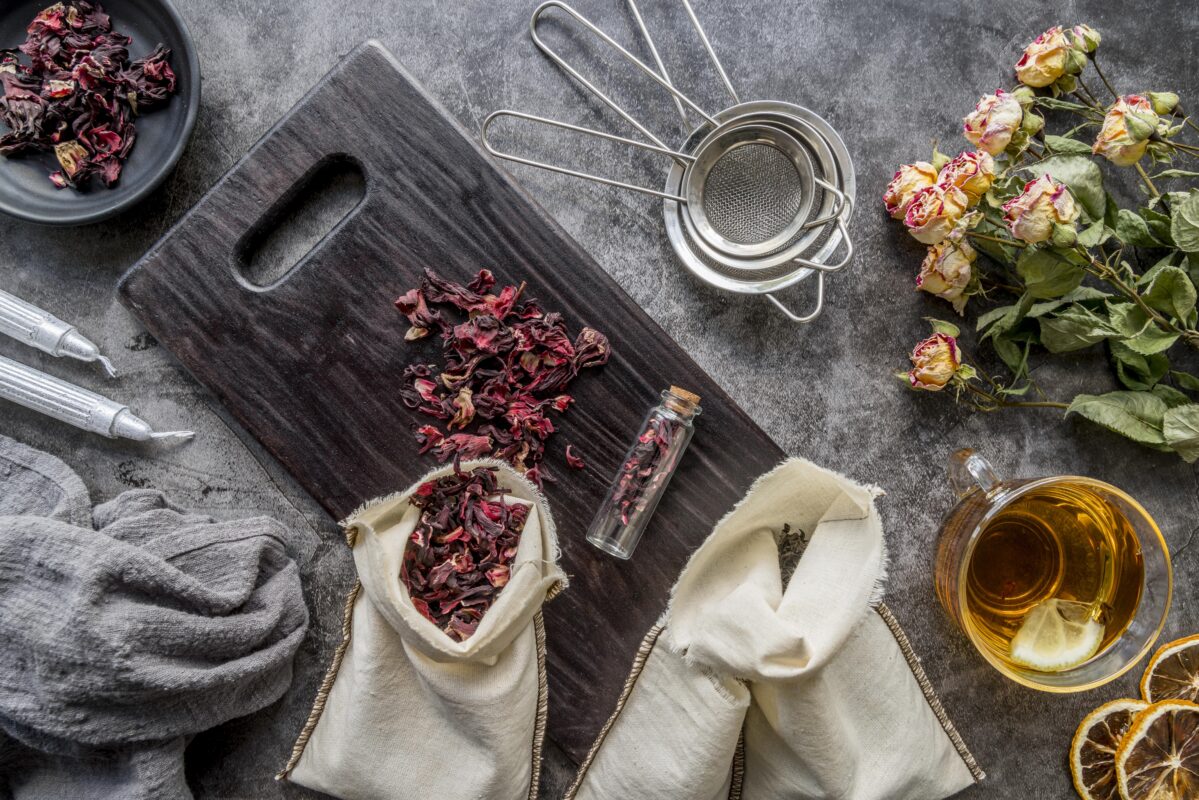
As you know, thanks to nature, you can have dried herbs and flowers by your side in a struggle against dirty cleaning. There is a new kind of vinegar for instance, citrus peels, rosemary, or lavender for cleaning rather than using chemicals. It can be used to disinfect surfaces, wash up greasy stains and rinses, and give the user an attractive smell.
Putting flowers and strong smelling herbs into different potpourri bowls placed strategically within the kitchen can effectively get rid of any offending smell. Though they are not as effective as other solutions they are organic, safe, and helpful where cleaning and aromatizing the home is concerned.
9. Dried Jewellery
The use of dried flowers does not end with grandma’s vases anymore they are so much more than that. They are featuring them again but in a more elegant form of floral jewelry. The flowers and green leaves are plucked and flattened before being used as gemstones for special earrings, necklaces, and hairpins. These plant gems are spectacular beauties that can provide a little novelty and sustainability to those who appreciate jewelry.
From bohemian chic pieces with flowers in their natural state to gorgeous delicate pieces adorned with dried roses and baby’s breath, there is nothing quite like the beauty of floral jewellery. The best part? These are not the flowers that wilt within a couple of days, but these are the pieces that will remain beautiful even after all the flowers have withered.
10. DIY Creations
Dried herbs and flowers are ideal for a variety of DIY projects. Create one-of-a-kind items by inserting petals in resin. To create natural beauty products, infuse candles and soaps with herbs such as lavender and chamomile. Make scented bath salts, potpourri, and herbal sachets to refresh your house. Decorate with floral wreaths and garlands, or create unique greeting cards with pressed flowers. These natural materials give beauty, aroma, and a hint of nature to your handcrafted items.
Conclusion
Uses for dried herbs and flowers offer a wealth of creative possibilities, enhancing everything from culinary dishes to DIY projects. Whether you’re crafting beautiful jewellery, fragrant candles, soothing bath products, or decorative home items, these natural elements bring a unique touch of nature into your everyday life.
By exploring the versatile uses of dried herbs and flowers, you can add beauty, aroma, and a personal touch to your surroundings. Embrace the endless potential of these botanical treasures and let your creativity blossom.
FAQs
Are there any safety concerns when using dried herbs and flowers in DIY projects?
It’s essential to ensure that the dried herbs and flowers you use are safe for the intended purpose. Avoid toxic or allergenic plants, and research any potential side effects or sensitivities before incorporating them into your projects.
Can I harvest and dry my own herbs and flowers for DIY projects?
Absolutely! Harvest herbs and flowers from your garden or gather them in the wild, then dry them using methods like air-drying, oven-drying, or using a dehydrator. This allows you to customize your creations with freshly dried botanicals.
How do I preserve the colour and fragrance of dried herbs and flowers in my creations?
To maintain the vibrancy of colour and scent, store dried herbs and flowers in a cool, dry place away from direct sunlight. Consider using airtight containers or vacuum-sealed bags to prolong freshness.
